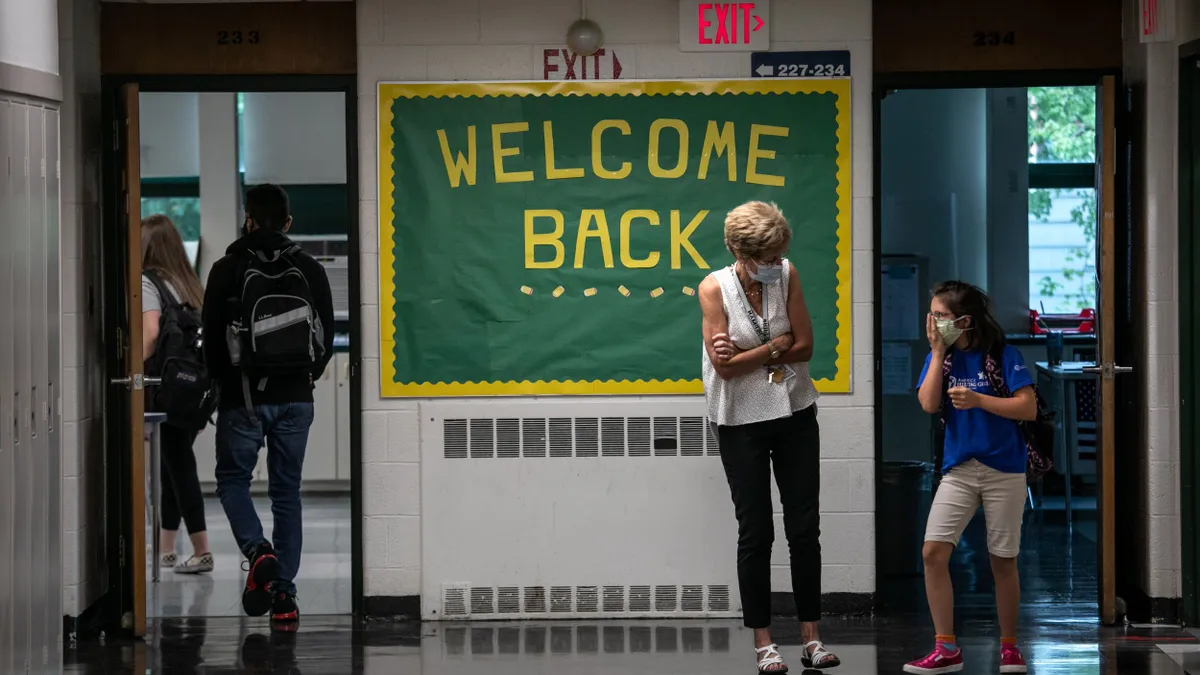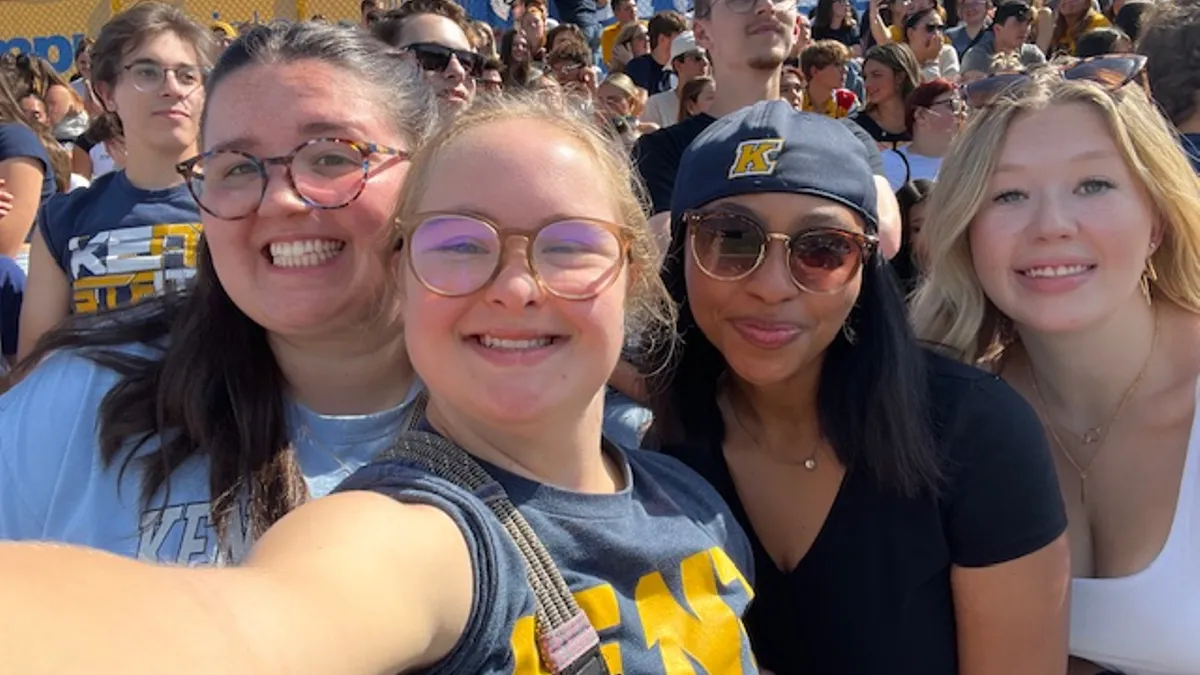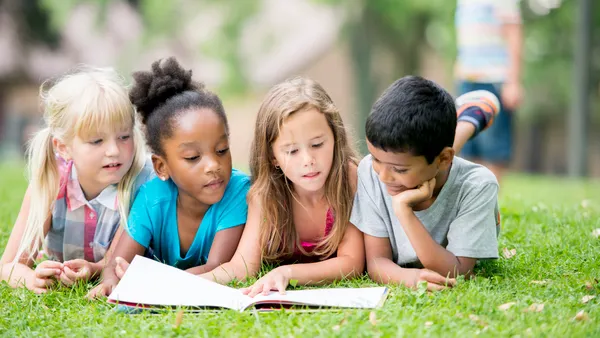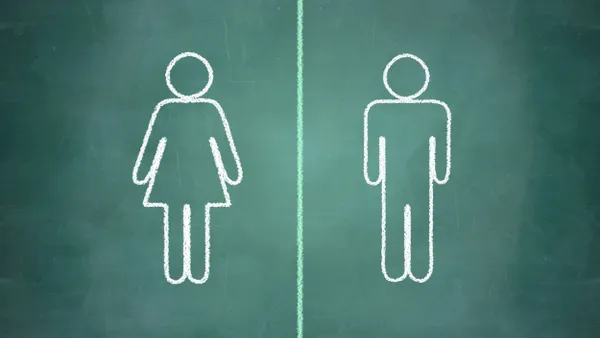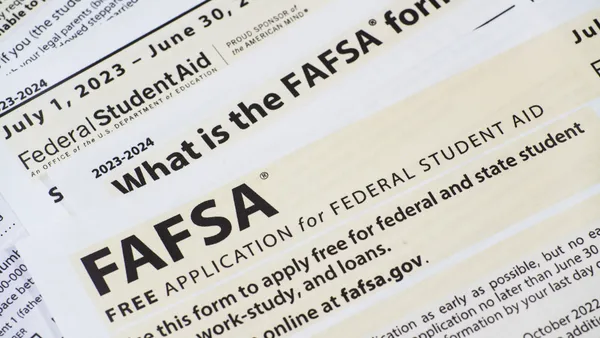Dive Brief:
- Massachusetts’ K-12 student enrollment has seen a prolonged shift from public schools to non-public alternatives since the onset of the COVID-19 pandemic, according to a study published Tuesday by Education Next, a peer-reviewed journal analyzing school reform policies.
- The state’s public school enrollment fell 4.2% between 2019 and 2024, while homeschooling skyrocketed 51%, charter enrollment remained flat, and private schooling decreased by 2.6%, the study found.
- The study’s authors wrote that trends in Massachusetts could more reflect broader patterns throughout the U.S. as the state’s 2024 data closely mirrors national enrollment trends from 2023.
Dive Insight:
The research out of Massachusetts shows telling signs of sustained enrollment changes from the pandemic, which are consequently beginning to hit school district budgets that rely on per-pupil funding.
Researchers predicted steady declines for public and private school enrollment during the pandemic, but the actual enrollment data suggests private schools fared better than their public counterparts. Charter school enrollment, however, remained stagnant as a result of a Massachusetts law that caps the number of charters that can open in the state, the study said.
Although private school enrollment declined nearly 3% in Massachusetts, it was far lower than the researchers’ predicted 16% drop from 2019 levels. Meanwhile, public school enrollment declines were two times larger than expected, and homeschooling enrollment was 44 percentage points higher than predicted.
When looking at grade level enrollment in Massachusetts, middle schools saw the sharpest declines compared to predictions from pre-pandemic trends, according to the study. Middle school enrollment fell 7.7% more than expected compared to a 3.4% drop in pre-K and kindergarten, a 2.7% increase in elementary schools and a 0.1% increase in high schools.
As public school enrollment continues to decline in Massachusetts, researchers also found some emerging demographic changes.
When comparing predictions for the state’s 2024 public school enrollment based on prepandemic trends to the actual 2024 figures, the number of schools serving predominantly wealthy students was 5.7% lower than expected. Additionally, public school enrollment for Asian and White students fell short of predictions by 8.1% and 3.1%, respectively.
Conversely, the state’s public school enrollment for Black students was 7.7% higher than expected, and Hispanic student enrollment slightly surpassed predictions by 0.8%, according to Education Next.
“These patterns suggest that the disruption of the pandemic led to lasting shifts in how families engage with public education,” said the study’s coauthors, Joshua Goodman and Abigail Francis, in a Tuesday statement. Goodman is an associate professor of education and economics, and Francis is a doctoral student. Both work at Boston University.
The authors also suggested that some factors contributing to this enrollment shift could be declining public and parent satisfaction with public schools. For instance, a Gallup survey found public satisfaction dropped from 51% to 43% between 2019 and 2024.
Other factors could be persistently high chronic absenteeism rates in public schools that worsened during COVID-19 as well as concerns with student behaviors and school safety, the authors wrote.


